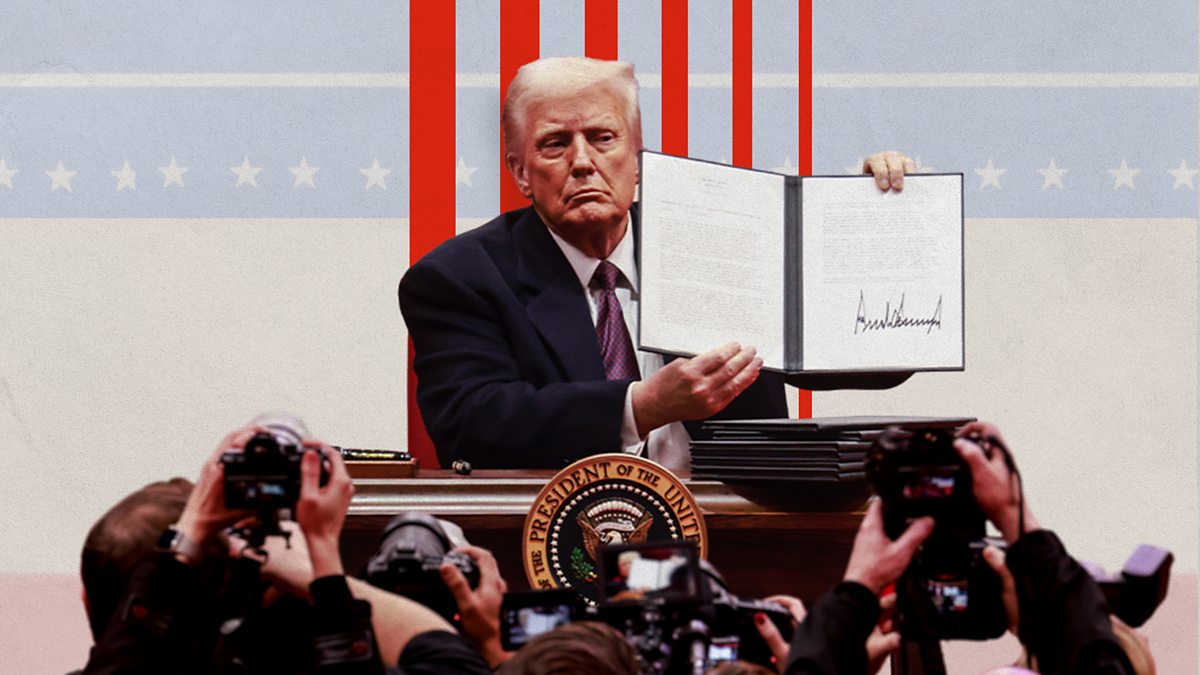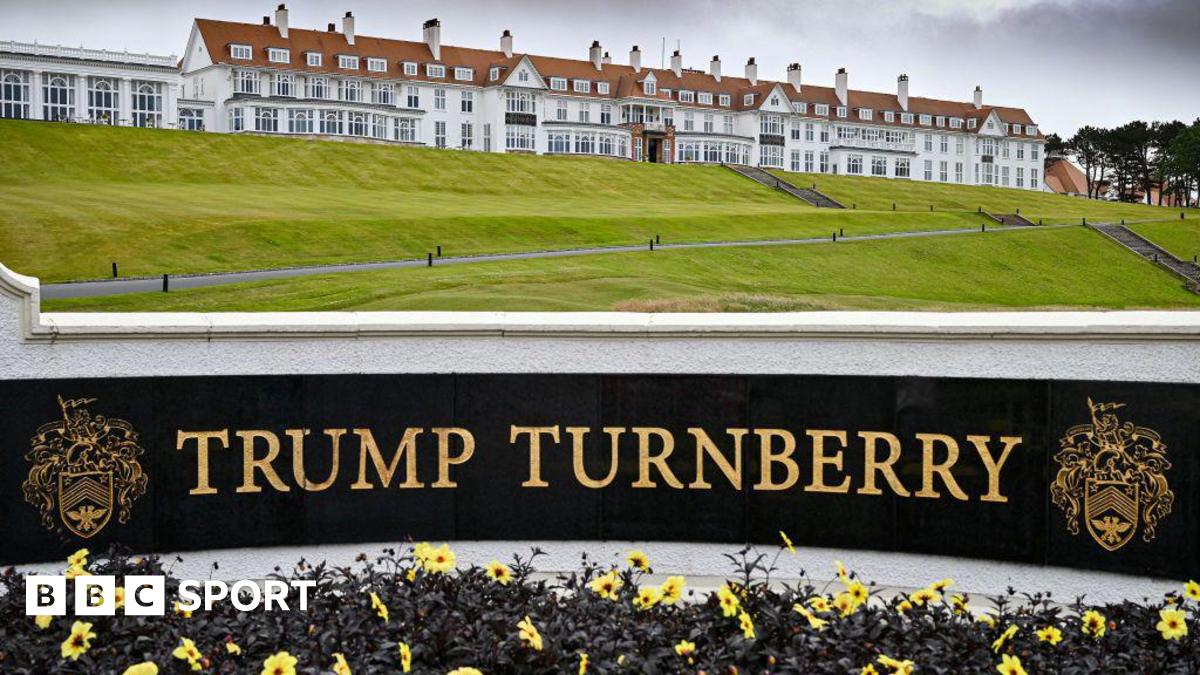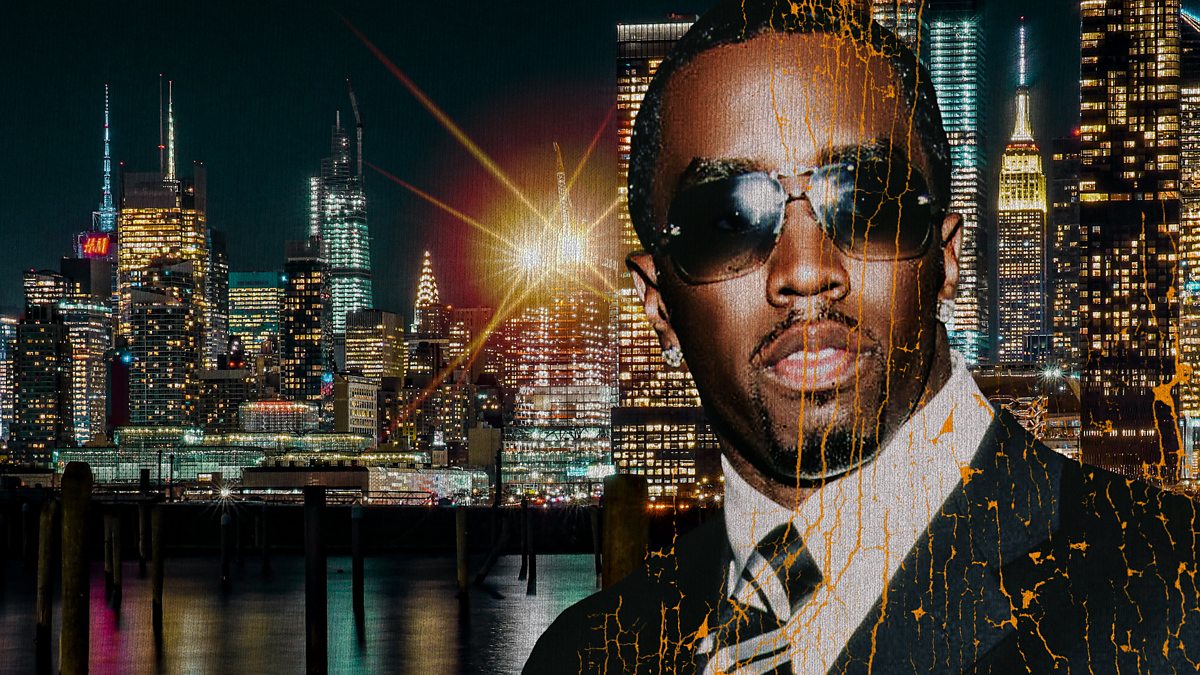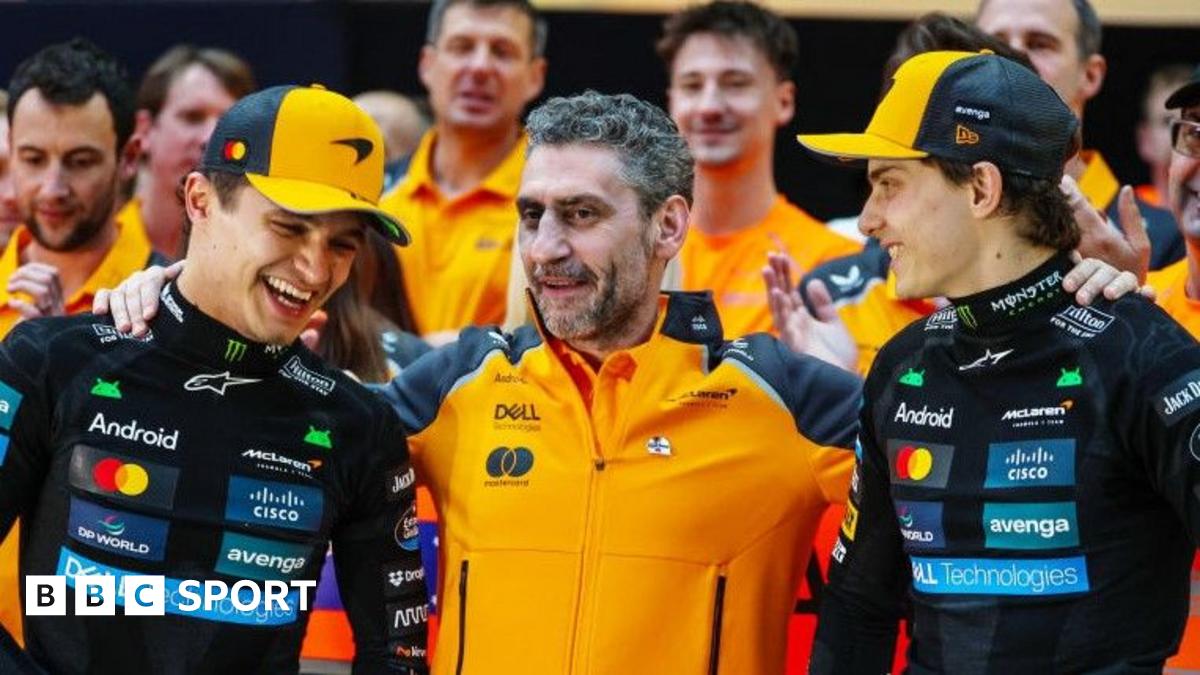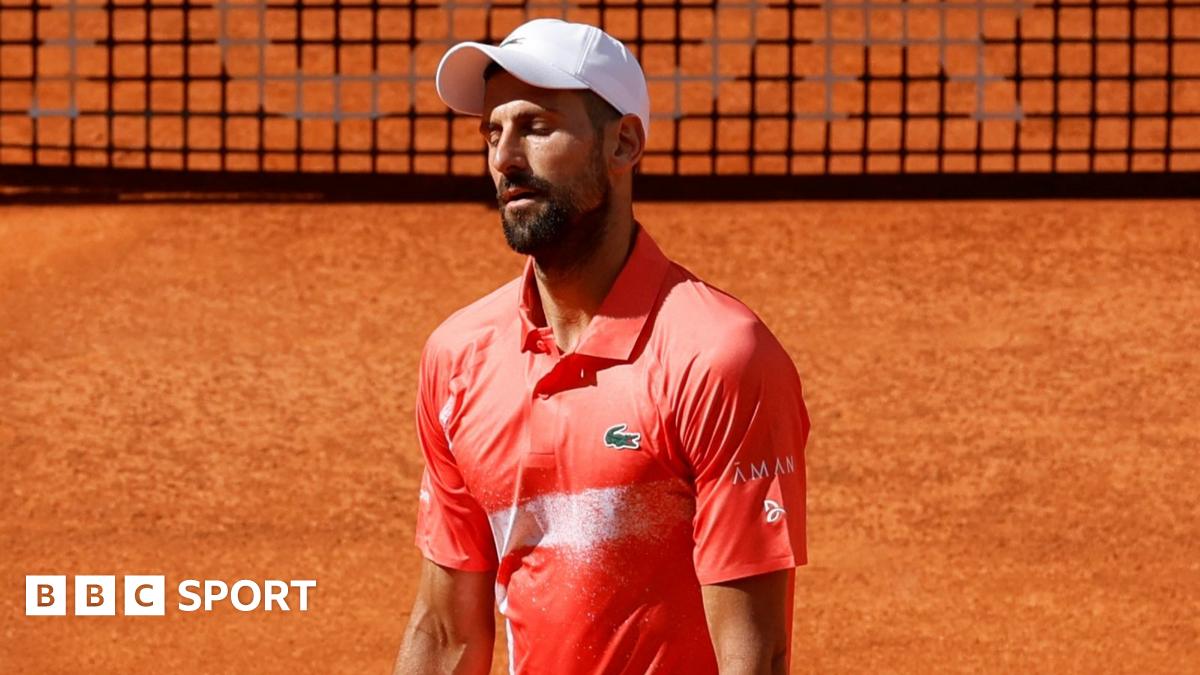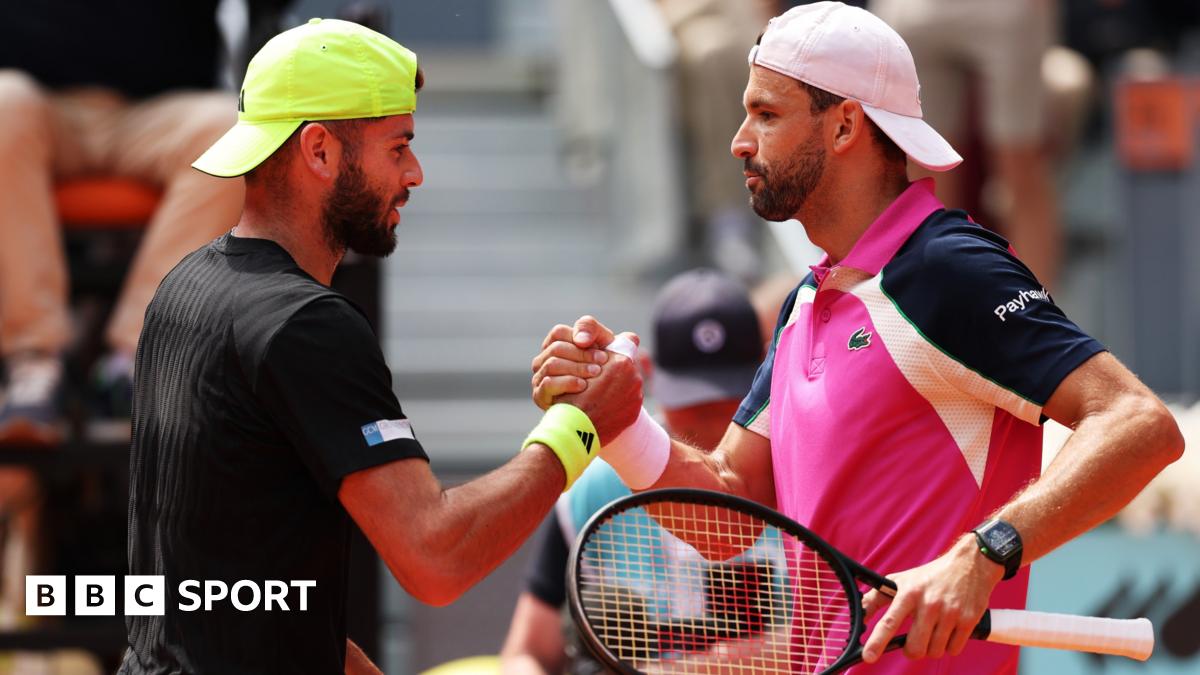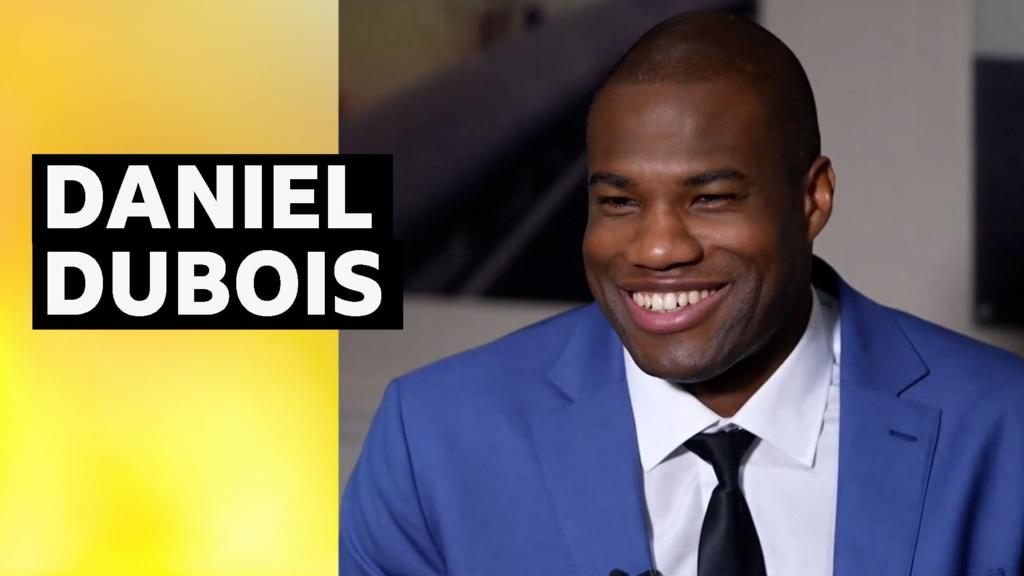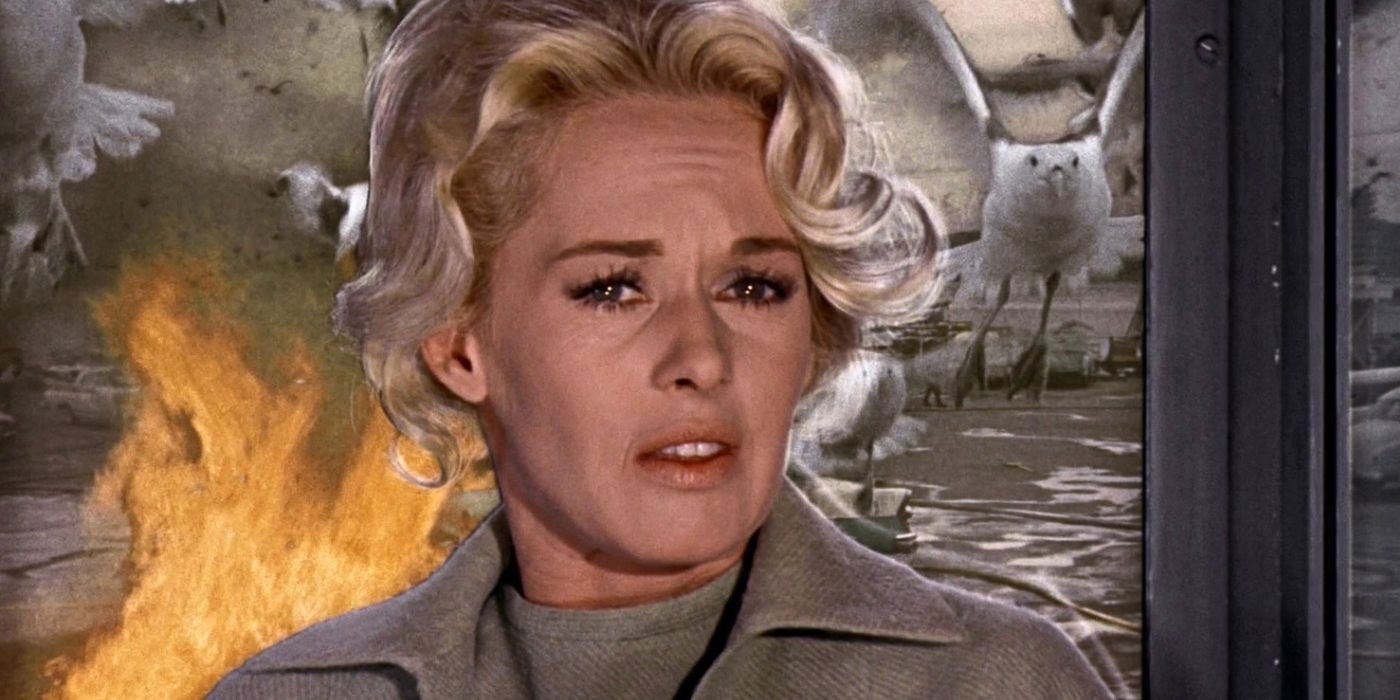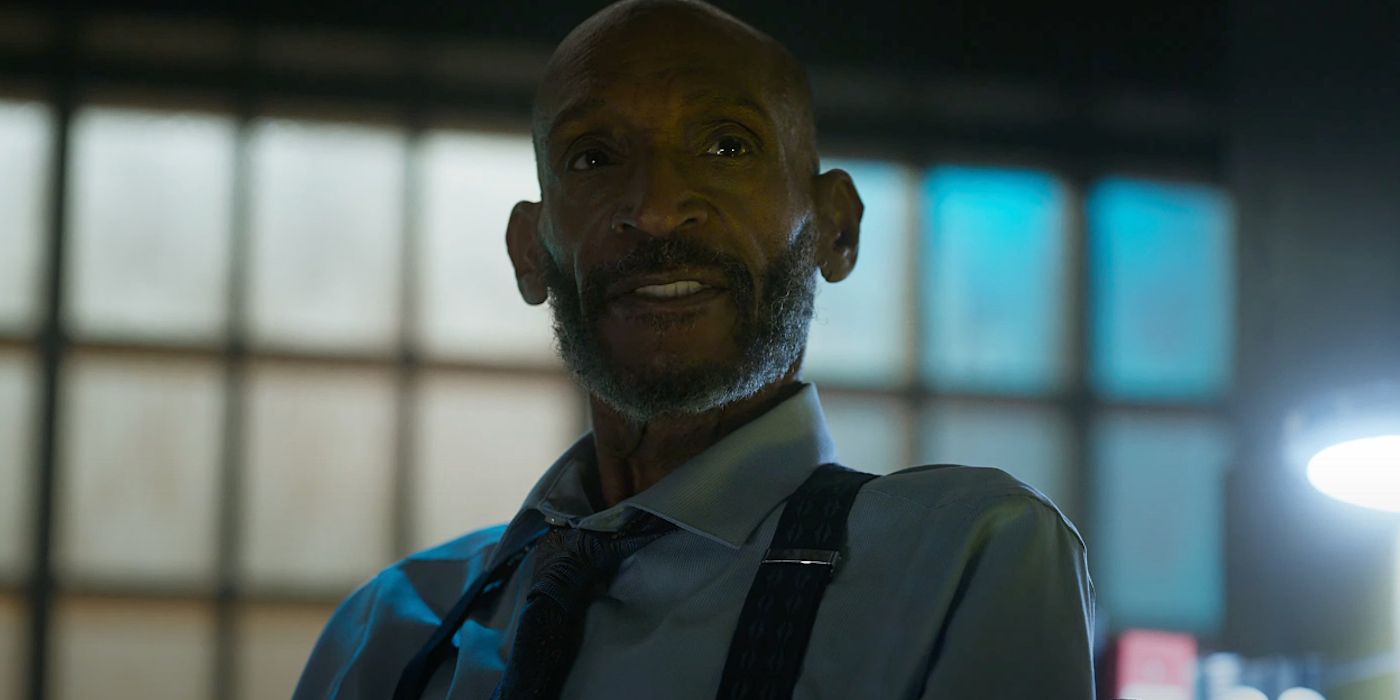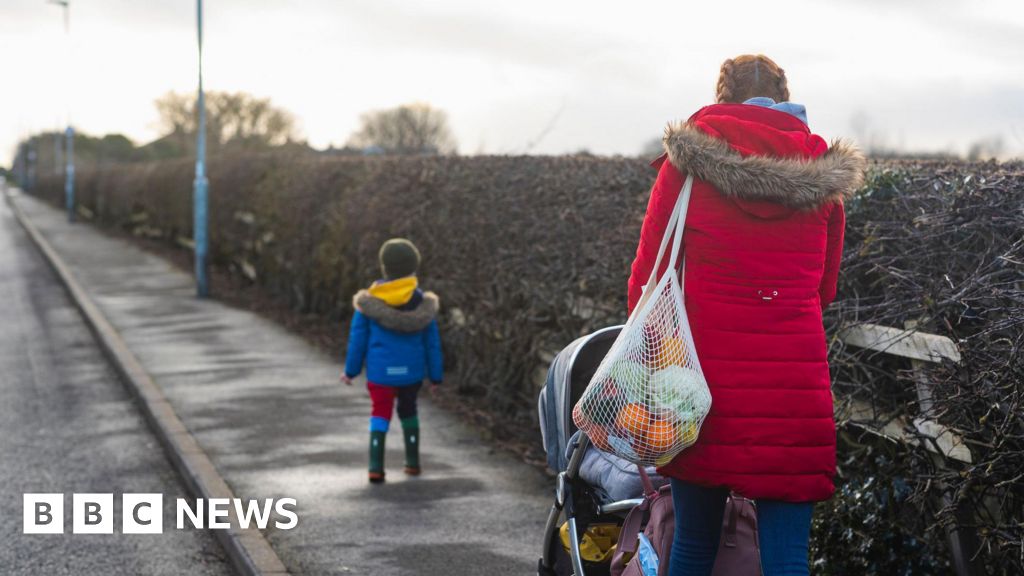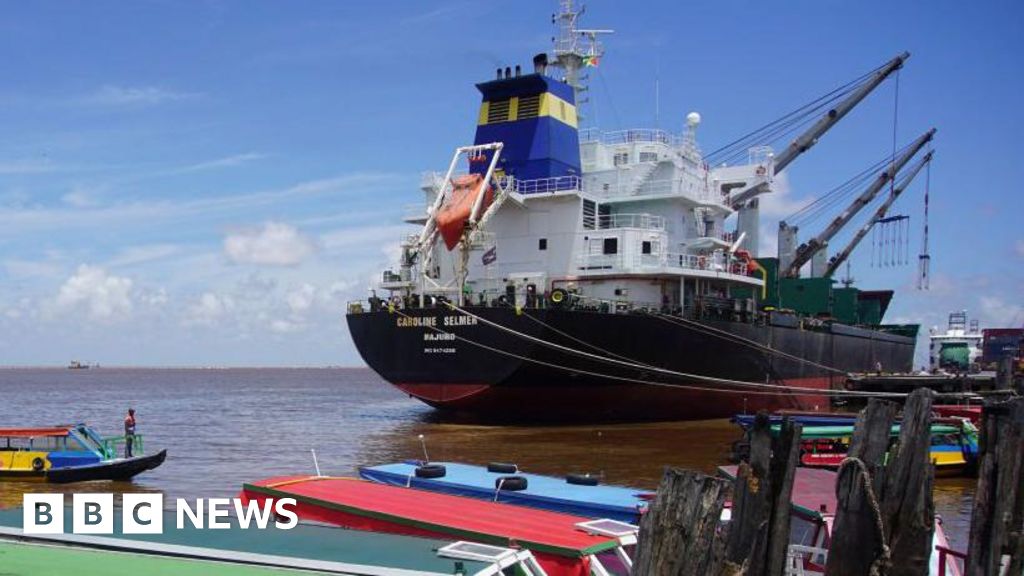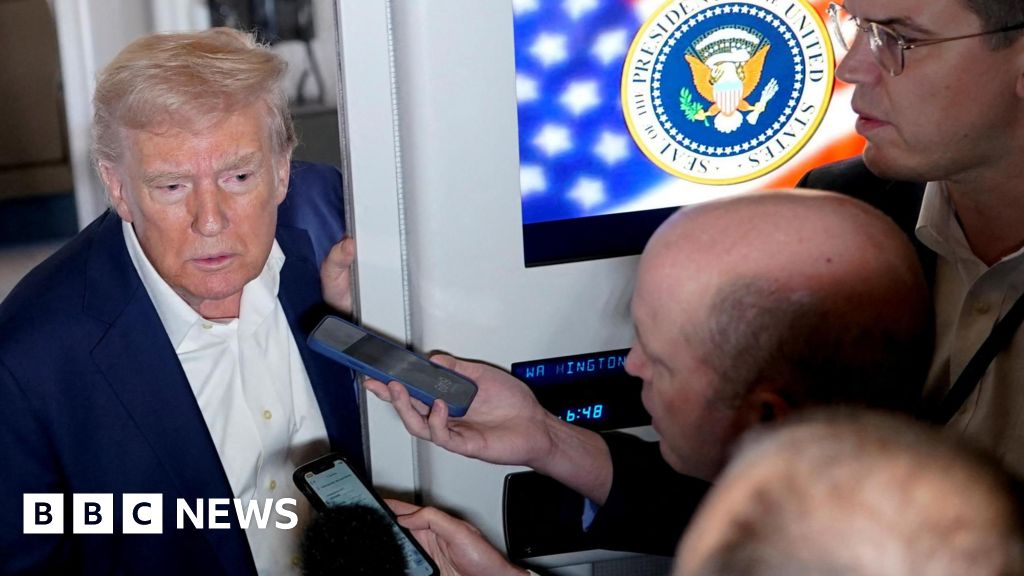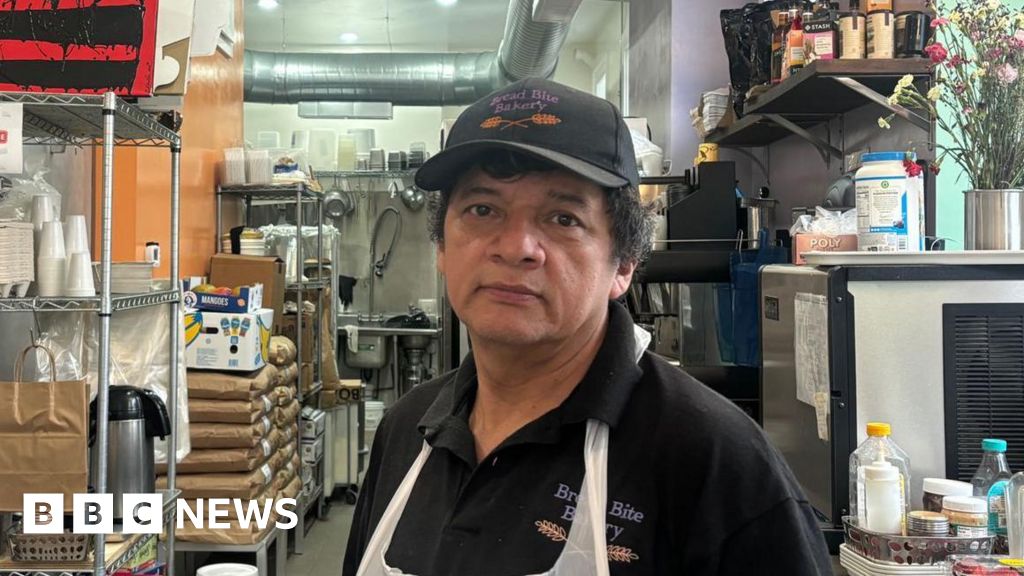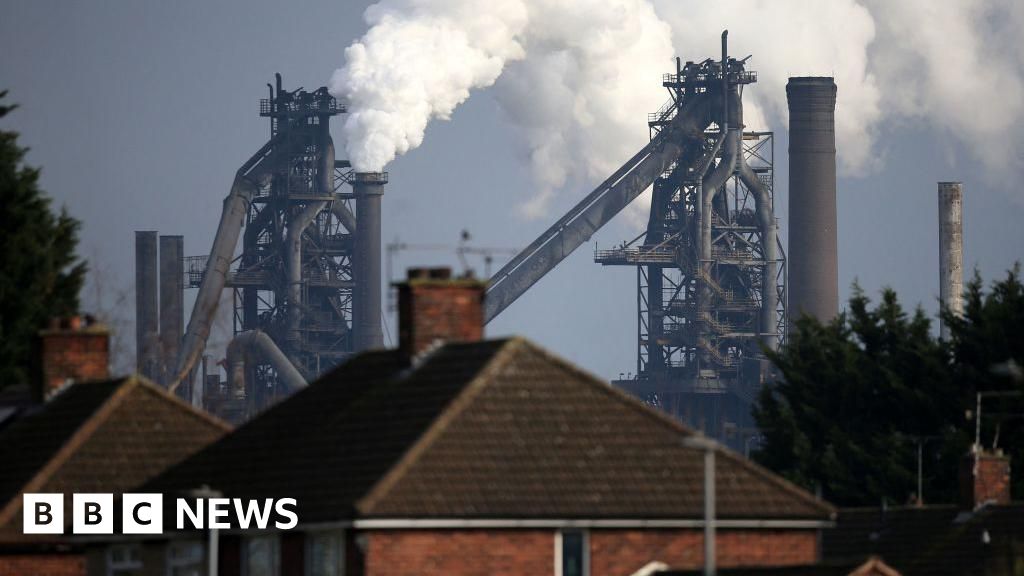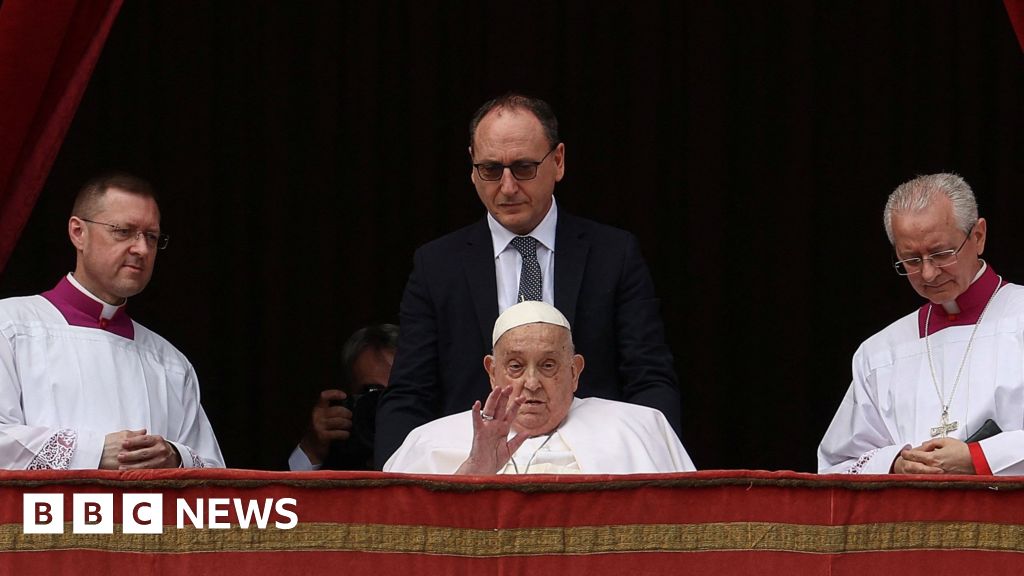The Sistine Chapel is turning into a secure bunker for the conclave
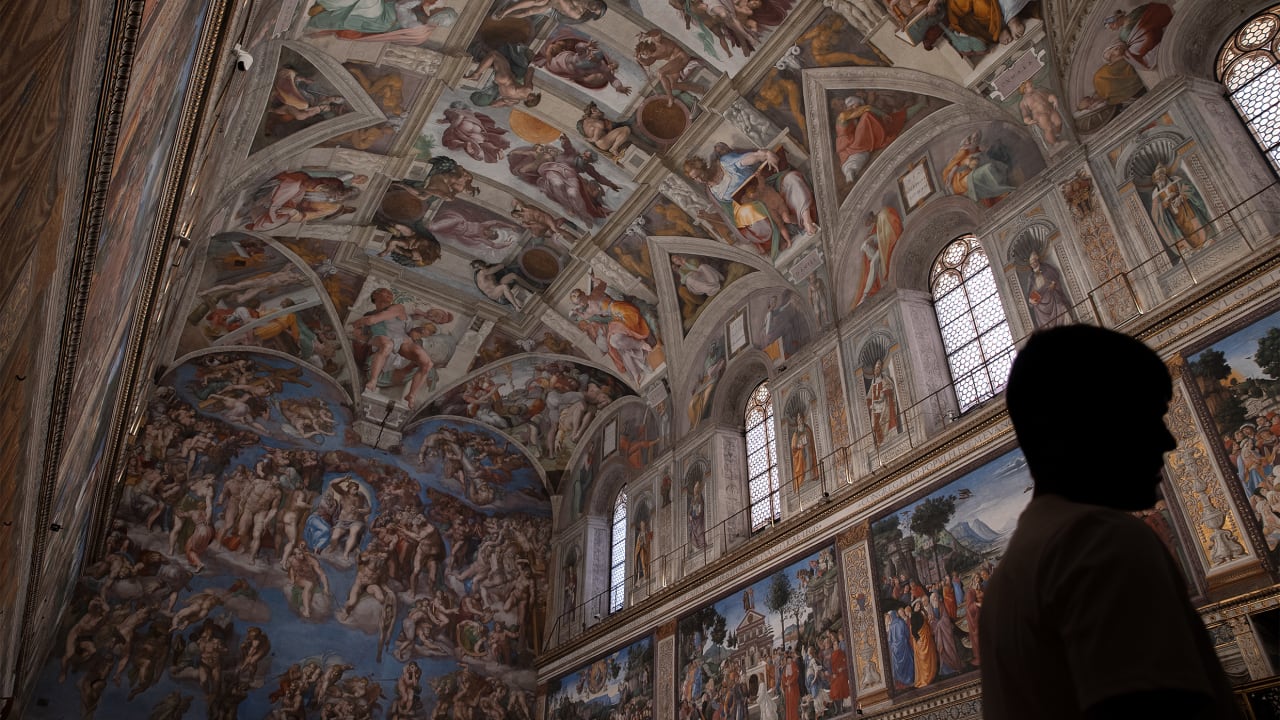
Floor tiles designed to block cellphone signals. Special window film to ruin the photos of overhead drones. A bevy of hidden electronic jamming devices. This might sound like the arsenal of a high-tech spy, but it’s actually just a few of the trappings required to keep a conclave secret in 2025.
In the wake of Pope Francis’s death and funeral this weekend, the Catholic Church is now in a high-stakes race to prepare for the papal conclave, the traditional ceremony that will determine the next pope. On May 7, around 135 Roman Catholic cardinals will be sequestered in the Sistine Chapel for a series of ballot votes to decide who will inherit leadership of the church—a process that can take anywhere from two days to several weeks.
The conclave is designed to be a highly secretive process, wherein the outside world is entirely ignorant to the discussions happening inside the Sistine Chapel, and the cardinals themselves likewise have no connection to the outside world. However, with all of the technology available in 2025 (like drones, AI, and advanced microphones), maintaining that secrecy is much more difficult than it was in 2005, when cellphones were first banned. It doesn’t help that thousands of conclave followers are turning the event into a gambling opportunity, betting their hard-earned cash on the event’s outcome and making the public even more ravenous for a glimpse inside the chapel walls.
To prepare for this highly publicized event, the Vatican is currently in the process of a design overhaul of the Sistine Chapel to host its temporary residents—and to keep information tightly contained.

Jamming devices, armed guards, and high-tech floor tiles
Right now, much of what we know about the Vatican’s conclave security measures comes from reports on the last conclave back in 2013. That year, fears surrounding potential leaks through hidden devices or internet signal were a serious concern, especially after an unfortunate incident in 2005 when a German cardinal reportedly accidently leaked the conclave’s papal choice before the official announcement.
To prevent any similar oversights in 2013, the Vatican disabled its internet signal by using jamming devices that prevented messages from any device transmitting information in or out of the chapel’s walls. There was a rumor that the jamming devices were placed in the floorboards, which was ultimately dispelled by the Reverend Thomas Rosica.
“They won’t work if you put them there,” Rosica told reporters. Instead, he said, the jamming devices were installed high up on the walls, “like a shield on an airplane.”
At the time, veteran Vatican journalist Andrea Tornielli, who is currently the editorial director of the Holy See publication Vatican News, reported that the Vatican’s anti-bugging technology took the form of a Faraday cage inside the Sistine Chapel, the Santa Marta residence, and Synod Hall, where pre-conclave meetings took place. A Faraday cage is a kind of enclosure that prevents the transmission of electromagnetic waves by surrounding a targeted area with an electrically conducting material.
Further security measures at the last conclave included privacy film on all windows to prevent any drone photography, rigorous checks for hidden devices inside the chapel and on the cardinals themselves, and an elite force of guards armed with heavy weapons.
This time around, information on the Vatican’s security plans is not yet widely available. However, there is one detail that’s already emerged. According to an interview with NPR religion correspondent Jason DeRose today, “The floor being installed in the Sistine Chapel right now has special cellphone-blocking technology to keep inside information in and outside information out.” Fast Company has reached out to the Vatican for more information on new security measures, and will update this story accordingly.
Because insight on the cardinals’ decision cannot be transferred to the public via the internet, they will instead use a tried-and-true method: smoke. Each day that the cardinals do not reach a decision, black smoke will issue from a chimney at the Sistine Chapel. When the choice is made, the smoke will be white. Per a report from the Associated Press, the Vatican is currently working on installing a new chimney to ensure that all of the cardinals’ ballots are properly burned. Meanwhile, a second chimney installed beside it will issue the ceremonial black or white smoke.
What's Your Reaction?
 Like
0
Like
0
 Dislike
0
Dislike
0
 Love
0
Love
0
 Funny
0
Funny
0
 Angry
0
Angry
0
 Sad
0
Sad
0
 Wow
0
Wow
0




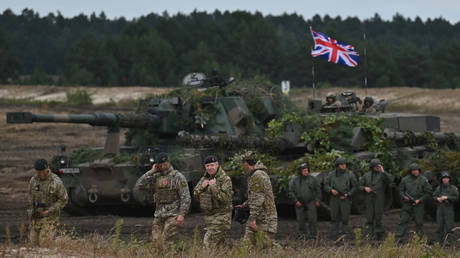
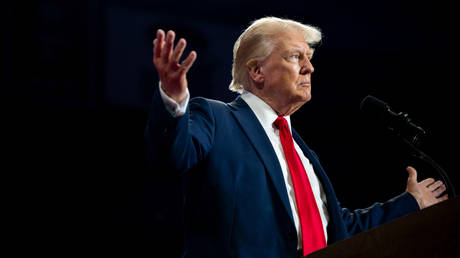
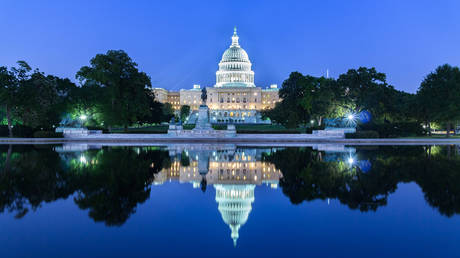





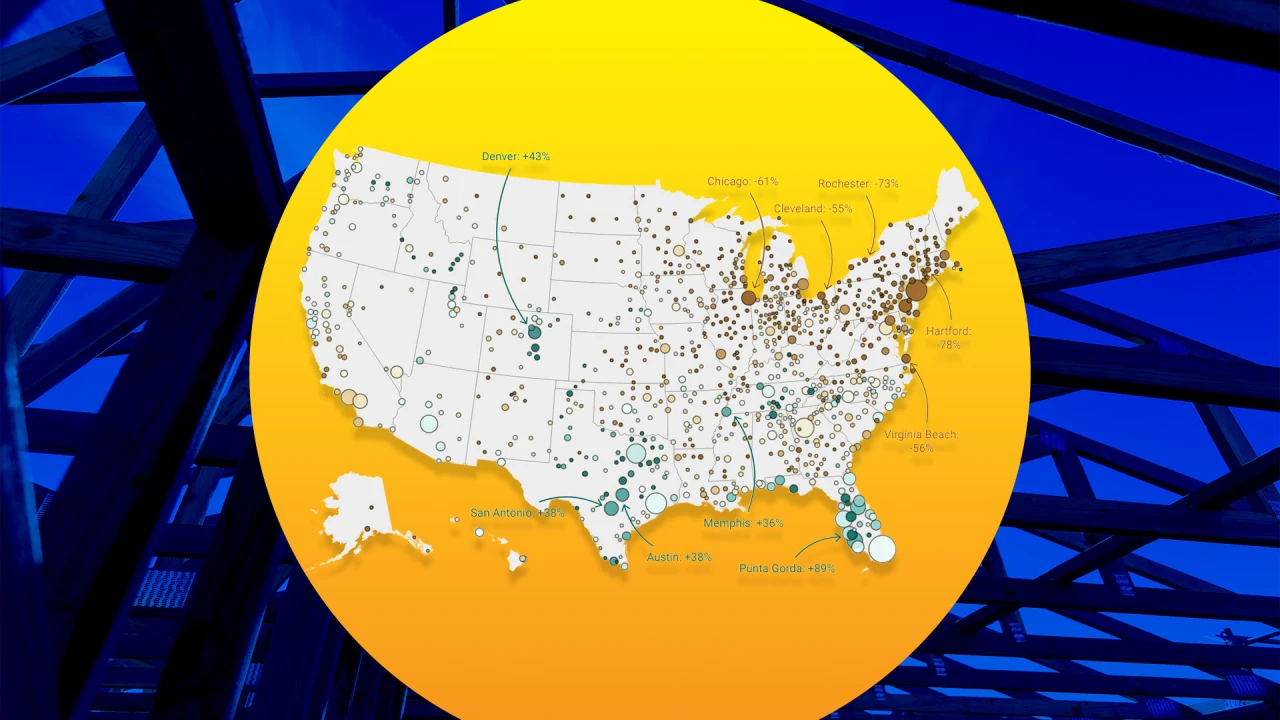


.jpg?width=1200&auto=webp&crop=3:2#)















